
In recent years, urban areas have become increasingly complex ecosystems where human and wildlife activities intersect, often overlapping with urban infrastructure. A fascinating study in this intersection is the discovery that stormwater sewer systems in Florida are being used by a diverse range of species, from alligators to raccoons. This phenomenon highlights how wildlife adapts to human-altered landscapes and underscores the need for more ecologically conscious urban planning.
Background on Urban Wildlife Adaptation
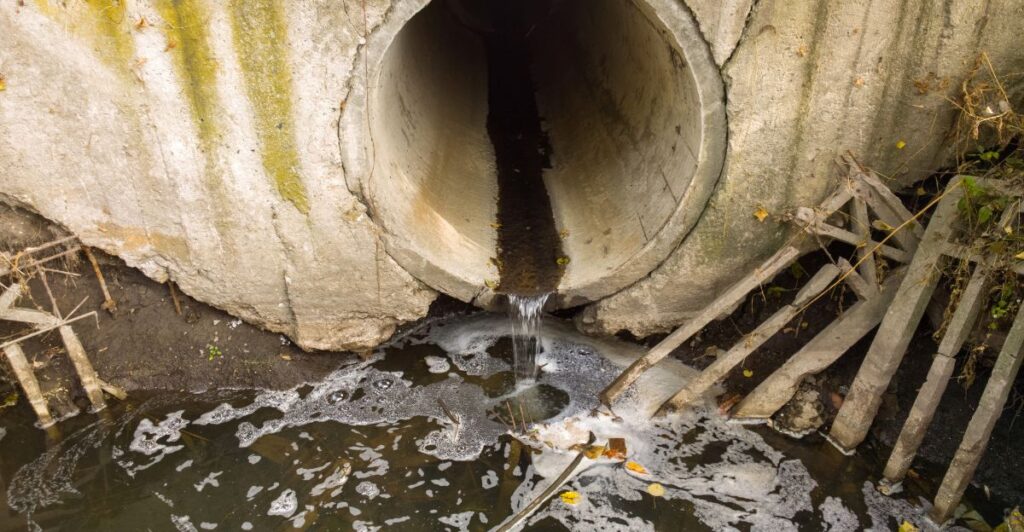
In many cases, natural habitats have been extensively transformed to make way for urban development, forcing wildlife to adapt their habitats and behaviors accordingly. Researchers in Florida are discovering that stormwater sewer systems are teeming with life. These systems, built designed primarily for managing rainwater runoff rather than sewage, provide an easy route for animals navigating through urban areas.
The Study’s Findings
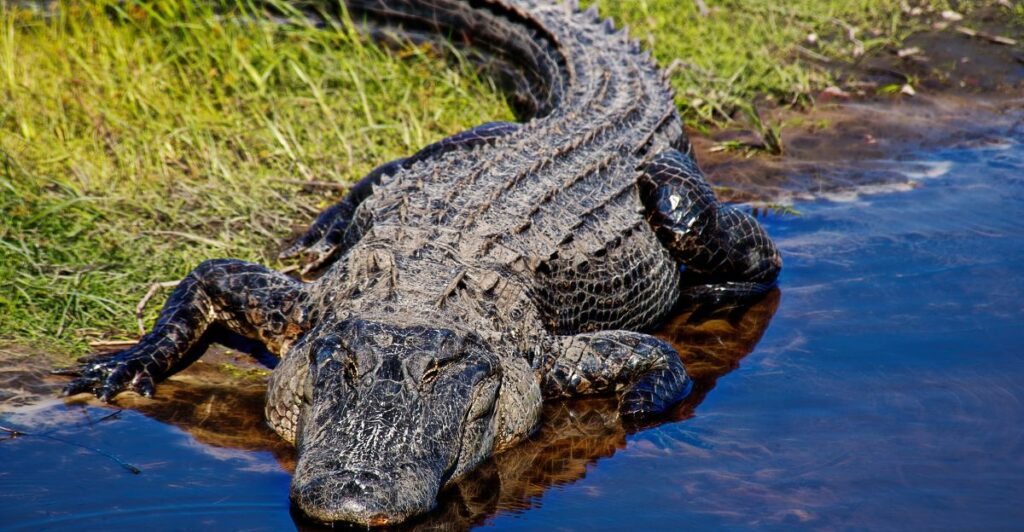
According to a new study published in the Urban Naturalist journal, it revealed that 35 species of vertebrates use these sewer systems as pathways through cities. These include amphibians, reptiles, birds, and mammals. The American alligator was detected at the greatest number of sites among the reptiles.
Methods Used in the Study

Researchers used camera traps to monitor wildlife activity within the pipes at multiple locations in Alachua County. The method allowed them to document how different species use the underground networks as passageways between different areas of their habitat.
Observations on Alligators
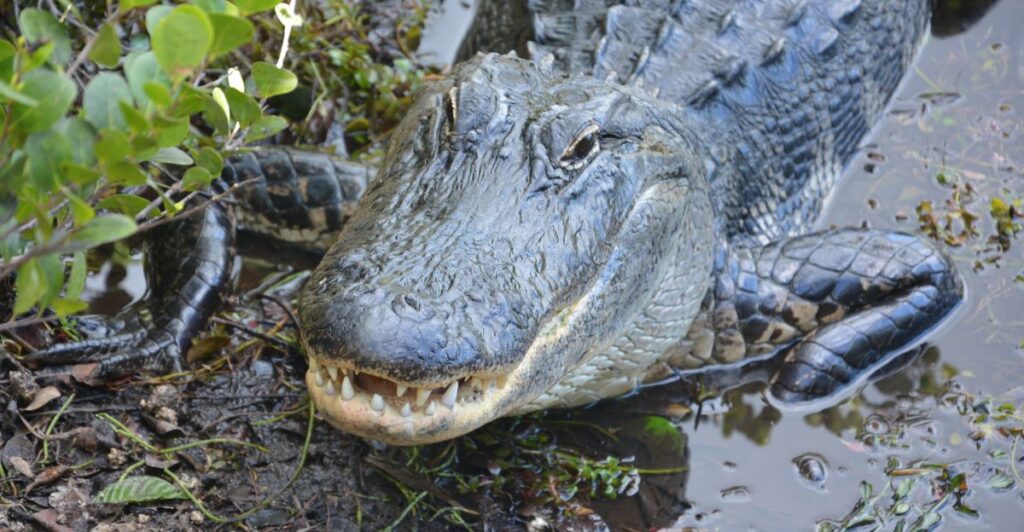
Alligators were frequently observed swimming from one pond to another using simple culverts within the sewer system. This behavior helps them avoid crossing busy roads, a common risk for many urban-dwelling animals. Such observations imply that sewer systems serve as safe corridors for these creatures.
Other Species Observed

Besides alligators, other animals spotted included raccoons, possums, armadillos, feral cats, gray squirrels, fox squirrels, black rats, egrets, wrens, and various species of toads. These various sightings highlight the sewer system’s versatility as a corridor for wildlife.
Reptile Use Patterns
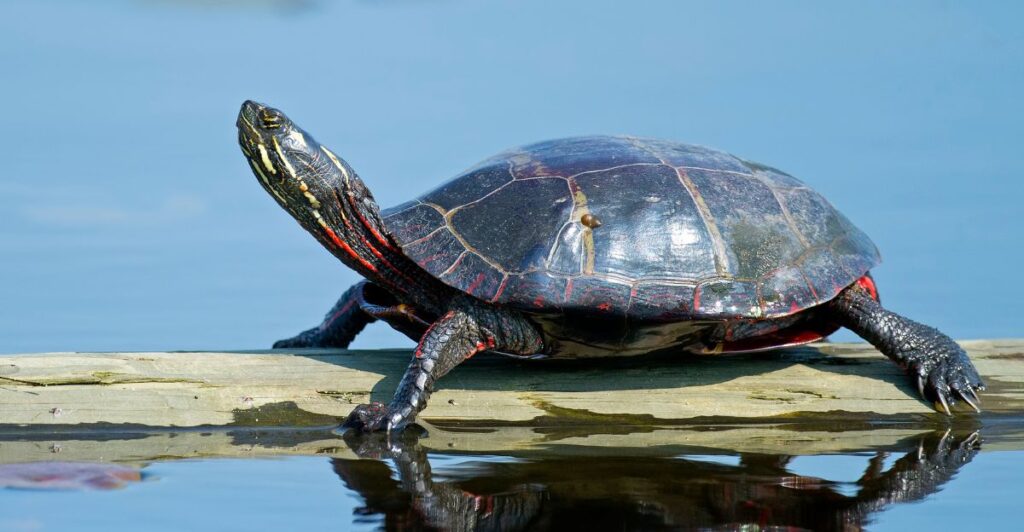
Turtles and other reptiles were also observed using pipes that connected ponds. Most reptile sightings occurred at locations where water remained present throughout more than half of the study period. This suggests that reptiles depend on consistent access to water to traverse sewers.
Effect of Storms on Smaller Animals
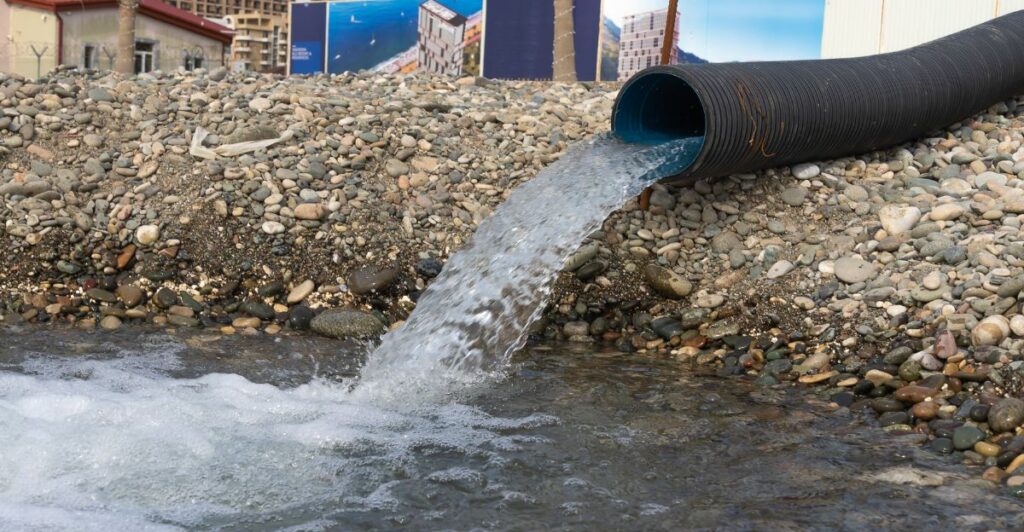
During strong storms, many raccoons and bats can be swept up into the sewers as torrents of rainwater rush into the systems. Others may be swept into sewer systems by floodwaters, though some are used for navigation or shelter during these events.
Implications for Urban Planning
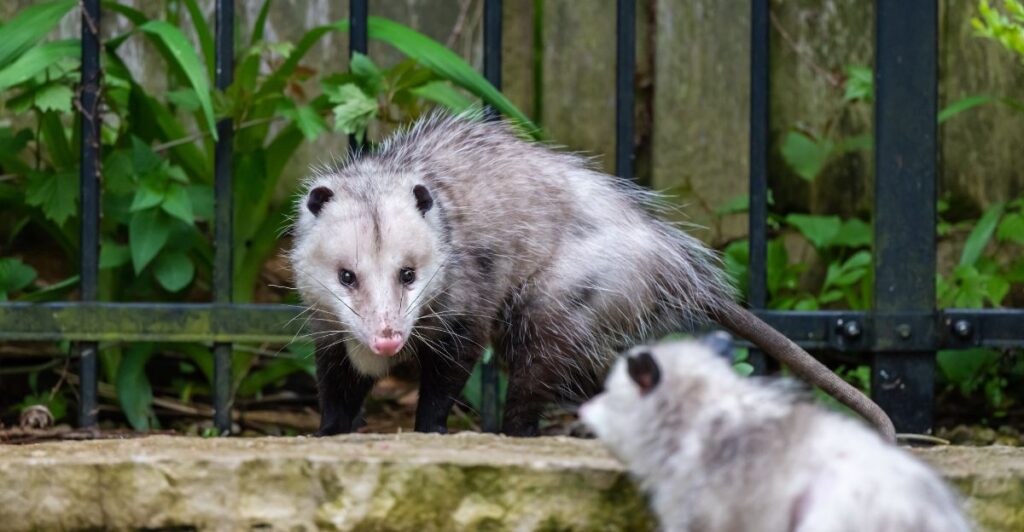
The study highlights the urgent need to integrate ecological considerations in the future planning of urban centers. Urban infrastructure such as stormwater sewers usually provides pathways for other species, and identifying which species are using such infrastructure could help planners minimize the dangers of entrapment or road kills in more populated areas.
Why Are Cold-Blooded Animals So Hard to Detect?
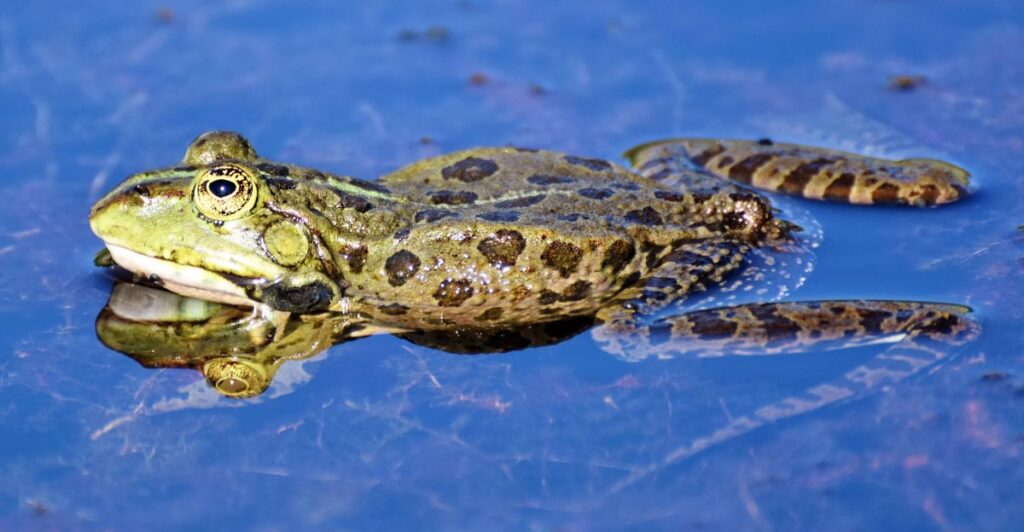
One limitation reported by researchers was underreporting, as camera traps depended on heat signatures, making it difficult to detect cold-blooded amphibians and reptiles effectively. Further studies need to be done using alternative detection methods tailored to identify cold-blooded organisms in these environments accurately.
Future Research Directions
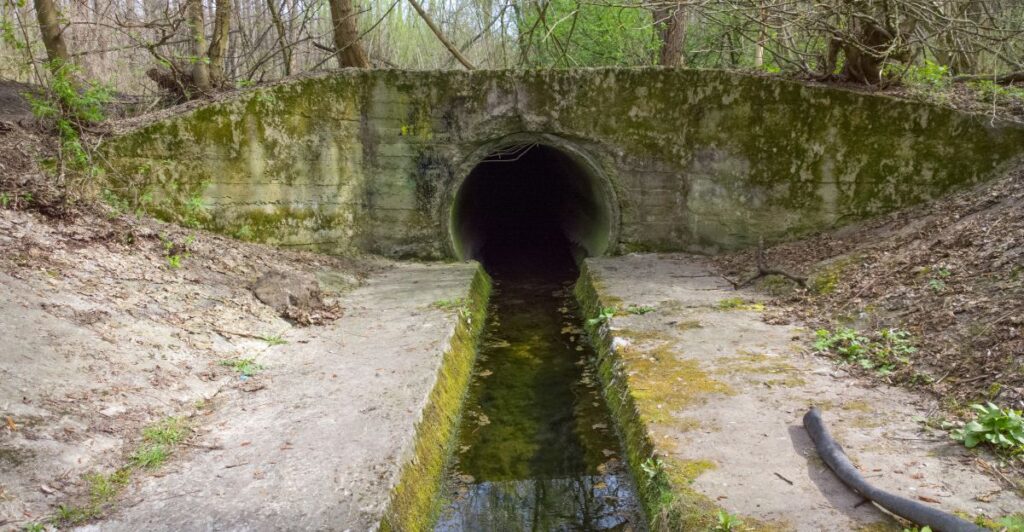
Future research should explore why some amphibians might unintentionally find their way into sewer systems and techniques such as exclusion barriers or climbing aids designed to discourage them from entering and help them escape subterrain settings if they do find themselves trapped.
Ecological Significance Beyond Sewer Systems
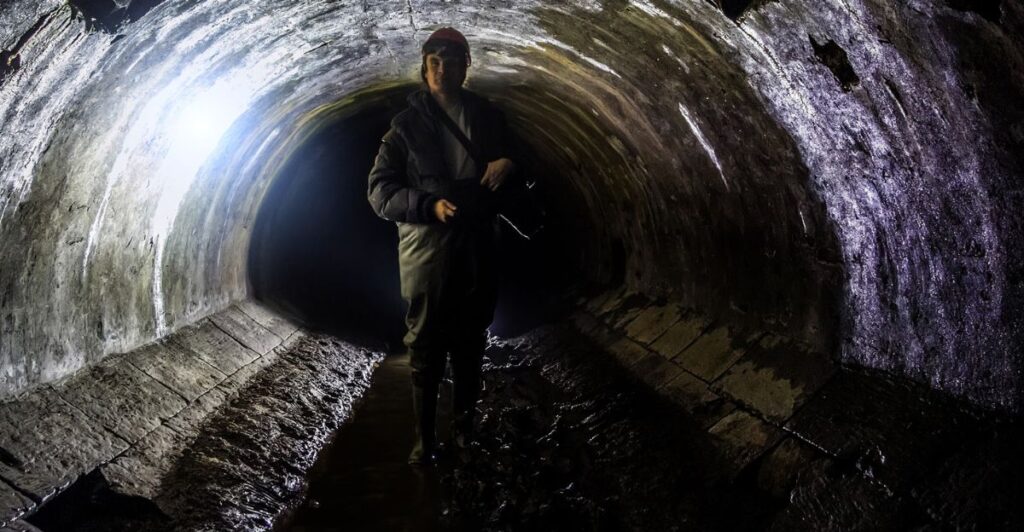
This phenomenon reflects broader trends where natural habitats intersect human-made structures across multiple ecosystems globally—revealing new opportunities not just within sewage but also other forms like green roofs or parklands, which can be designed specifically around biodiversity conservation principles.
What It Means for Wildlife Conservation

The discovery that Florida’s stormwater sewer systems serve as an important vital pathway for numerous animal species underscores both challenges faced by wildlife adapting to the human environment, yet simultaneously offers insights toward designing more inclusive ecological frameworks. it would potentially benefit both humans and animals alike.







